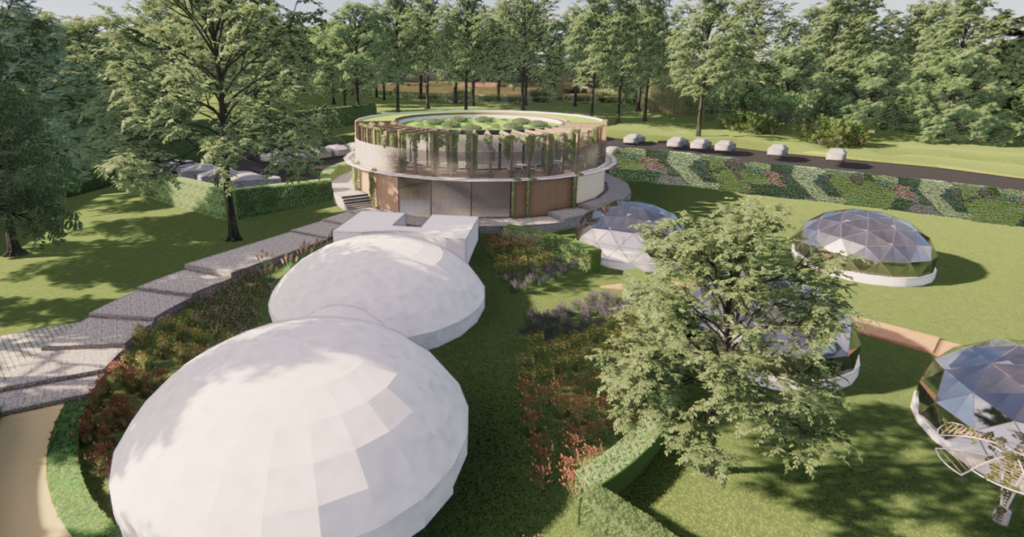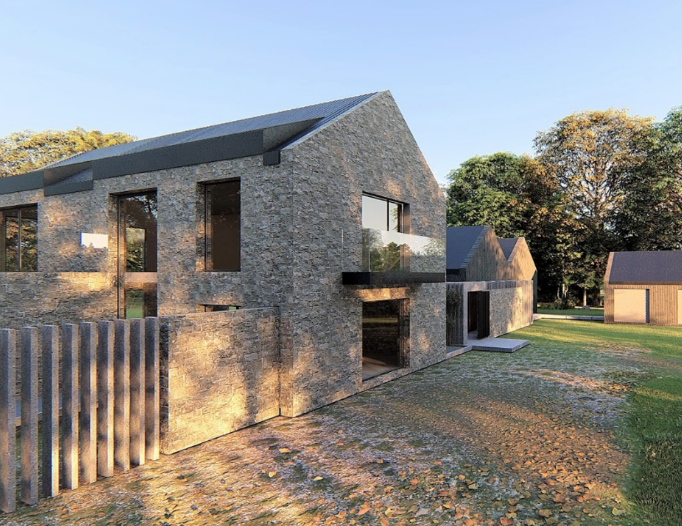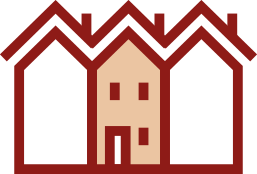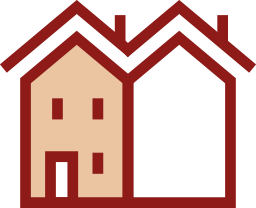Green Belt Planning: Exploring the Green Belt – Preserving Nature in Urban Landscapes
In our increasingly urbanized world, the concept of the "green belt" has emerged as a vital tool for preserving nature and providing much-needed respite from the concrete jungle. Green belts are areas of open land, often surrounding urban areas, where green belt planning and development is restricted to protect the environment, preserve natural beauty, and enhance the quality of life for residents.
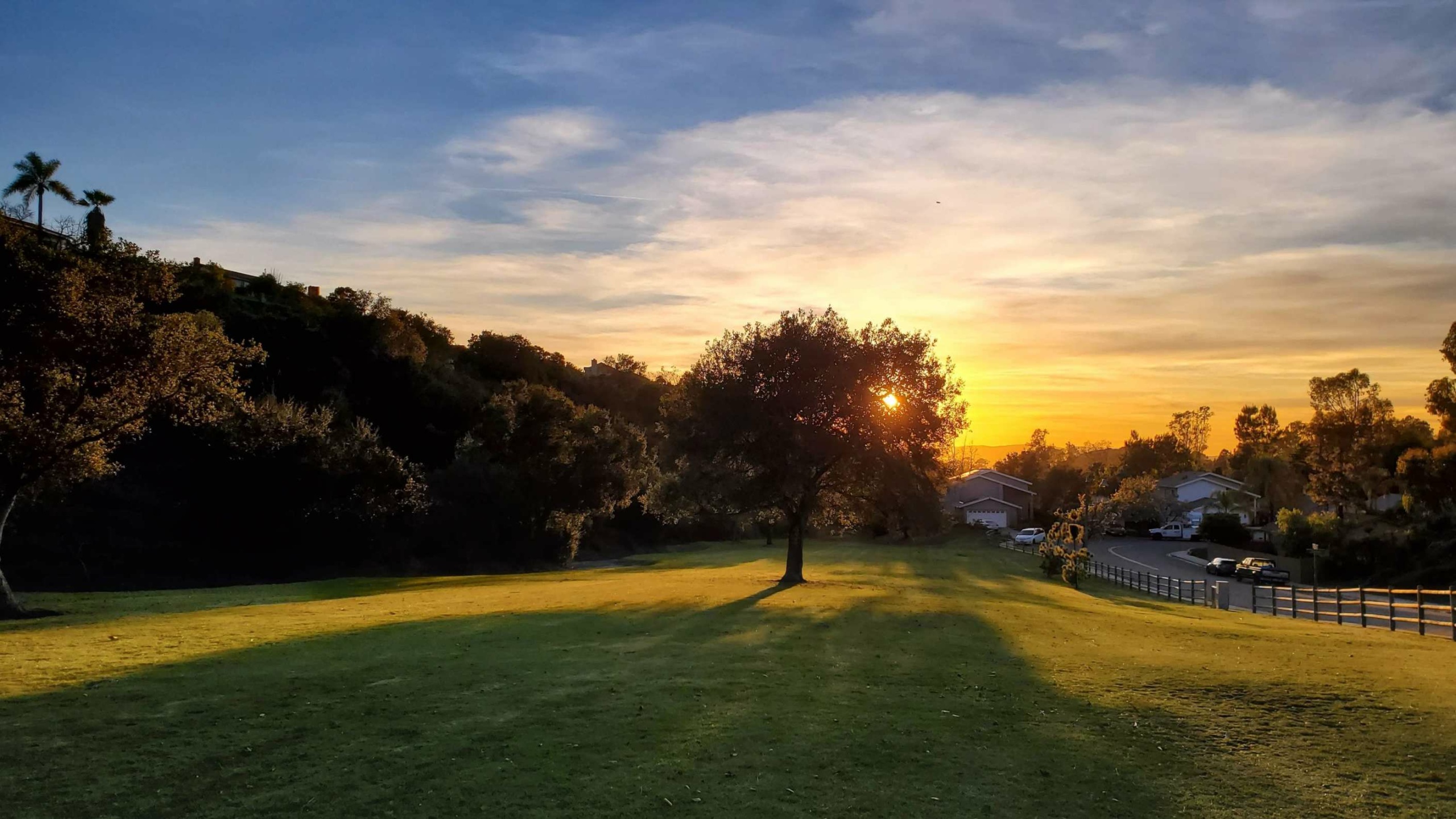
In this article, we will delve into the world of green belts, exploring their significance, the principles of green belt planning, and their role in our ever-evolving urban landscapes.
The Genesis of Green Belts
The idea of green belts dates back to the early 20th century, when urbanization was rapidly encroaching upon natural landscapes. The concept was first implemented in Germany in 1902, where it was called “Grüngürtel.” The primary goal was to maintain a balance between urban expansion and the preservation of open spaces. Soon, this concept found its way to the United Kingdom, where it was embraced and further developed. Steph Fanizza, Architectural Design & Team Manager
* Green Belt Barn Conversion Project by Extension Architecture
Tell us about your plan and we'll send you a free quote! It takes less than 60 seconds!
The Significance of Green Belts
The Metropolitan Green Belt offers numerous benefits to urban areas and their residents. One of the most prominent advantages is the preservation of natural landscapes. These areas serve as habitats for wildlife, protect biodiversity, and provide opportunities for outdoor recreation and leisure activities. Furthermore, green belts contribute to cleaner air and water, as well as the mitigation of urban heat islands.
Green belts also play a crucial role in maintaining the psychological well-being of urban dwellers. The presence of green spaces within or around cities has been linked to reduced stress, improved mental health, and an overall higher quality of life. The access to nature and greenery fosters a sense of tranquility, which can be a valuable respite from the hustle and bustle of urban life.
Moreover, green belts help define the boundaries of urban areas, preventing the sprawl of cities into rural and agricultural land. This containment encourages more efficient land use and promotes sustainable urban development. It also aids in curbing traffic congestion, as it discourages excessive commuting by residents who live on the outskirts of cities.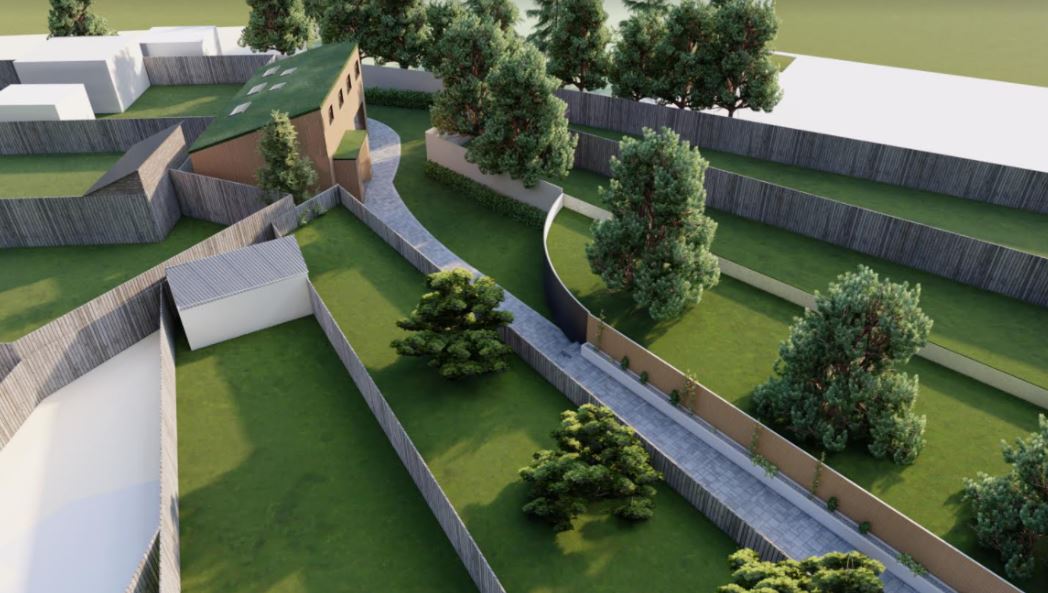
* Green Belt New Residential Dwelling Scheme by Extension Architecture
Green Belt Planning: Principles and Strategies
Green belt planning involves a careful and strategic approach to land use and development. The principles behind green belt planning aim to strike a balance between urban growth and the preservation of natural environments. Here are some key strategies commonly employed in green belt planning:
While the green belt’s objectives are undeniably noble, architects and developers often encounter formidable challenges when navigating the planning process within its confines. The stringent regulations imposed to preserve the natural environment can pose hurdles for those seeking to introduce new developments or modify existing structures. The following challenges are particularly relevant:- Development Restrictions: Stringent limitations on new constructions and expansions can impede architectural innovation and limit opportunities for urban development within the green belt. We highly recommend consulting with an experienced green belt architect such as ourselves to fully understand the potential development of your site, alongside any recommended green belt planning routes, for example, a pre-application with your local authority and significant background research into historical uses of the site.
- Navigating Zoning Regulations: The intricate zoning regulations within the London Metropolitan Green Belt demand a nuanced understanding. Architects and developers must align their proposals with these regulations to ensure compliance and garner planning approval.
- Balancing Preservation and Development: Striking a delicate balance between preserving the green belt’s natural beauty and meeting the demands of urban development requires careful consideration in architectural design and planning. Whether you are looking for an individual house or a larger development, we are here to help you navigate the line of what is and is not feasible.
- Public Access Concerns: While public access is encouraged, architects must incorporate thoughtful designs that enhance accessibility without compromising the ecological integrity of the green belt. In instances of a one-off, bespoke residential property in the green belt, of course public access is not ideal, so it may be worth considering a secondary use or zone within the site which gives something back to the local community, for example, a venue or allotment.

* Green Belt Wedding Venue Scheme by Extension Architecture - Community Engagement: Gaining community support is crucial. Architects and developers must engage with local communities, addressing concerns and illustrating how their projects align with the overarching goals of green belt preservation.
Challenges and Future Prospects
Despite their many benefits, green belts face challenges and threats in today’s rapidly urbanizing world. Pressure to accommodate a growing population often leads to debates about whether to loosen green belt regulations to accommodate more development. Additionally, climate change poses a significant challenge, as green belts must adapt to changing weather patterns and protect against natural disasters.
To ensure the continued success of green belts, it is crucial for governments, urban planners, and communities to work together. Robust enforcement of green belt regulations, investment in public transportation, and the integration of green infrastructure into urban planning are all essential steps forward.
In conclusion, green belts represent a vital tool for preserving nature in urban landscapes. These protected areas offer numerous benefits, from biodiversity conservation to improved mental well-being for residents. Green belt planning principles, such as land zoning and development restrictions, are essential for maintaining the balance between urban growth and environmental preservation. As cities continue to expand, it is crucial to recognize the value of green belts and work towards their preservation and enhancement for the benefit of present and future generations. By doing so, we can ensure that our urban landscapes remain vibrant, healthy, and sustainable for years to come.


